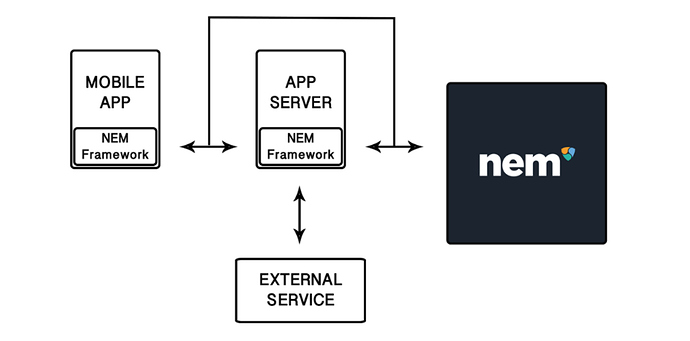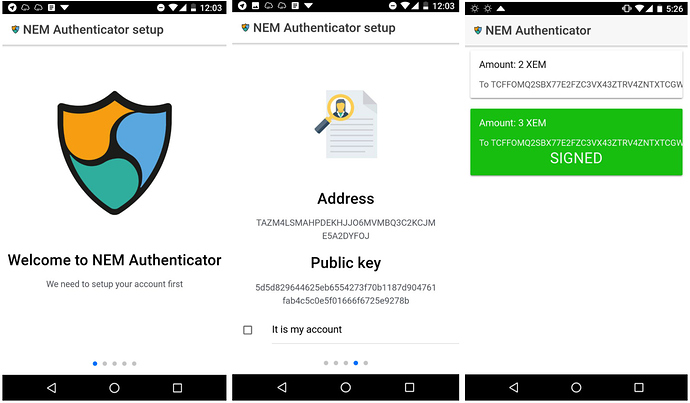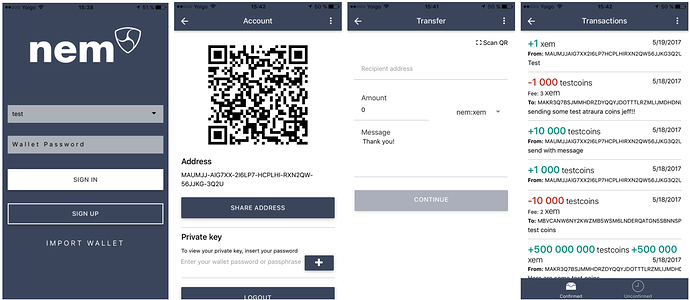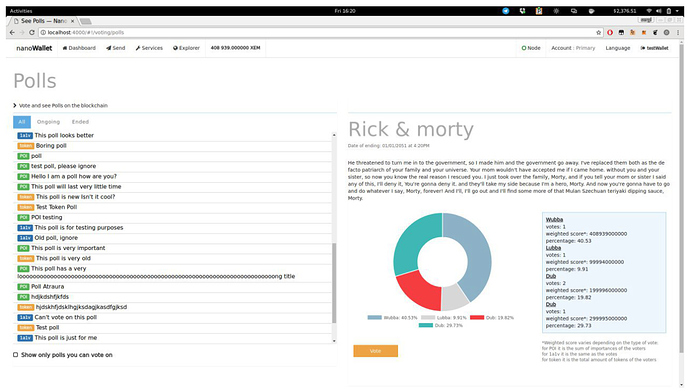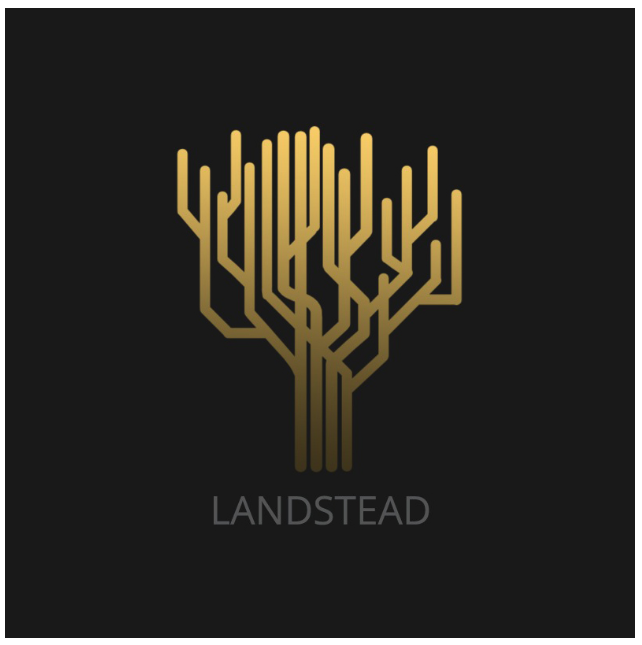NEM Framework - Community Proposal
Making NEM Blockchain Developer Friendly
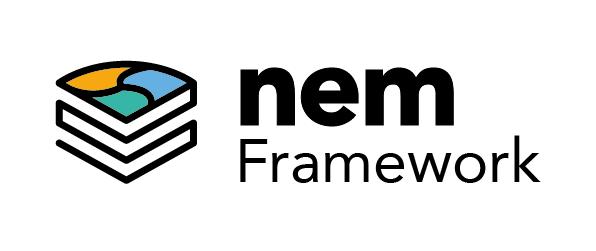
UPDATE:
Here you can find the full documentation for the project: https://docs.google.com/document/d/1xORV9EEiR_2mR1qLI9lj5SzyNlE-TTJ_ofH1EH6BSVU/edit#
Furthermore we would like to invite everyone to an Ask Me Anything session on Friday 9th at 12h GMT to answer any question that may arise from the document.
Introducing NEM Framework
After about a year building NEM/Mijin based applications, we would like to propose a long term development project with a needed budget of 15 million XEM from the Community Fund.
In order for NEM to become the leading platform for building enterprise-ready blockchain applications, we need to lower the entry barrier and allow any developer to obtain the platform’s benefits without requiring an extensive knowledge of its core architecture.
It is because of this that our team has been working on the definition of a Development Framework. It will essentially be a set of tools, libraries and views that will enable any developer to create powerful and robust products on top of NEM technology.
The main components of the system would be:
- Libraries that will allow and facilitate that any system integrates with NEM/MIJIN in an agile and secure manner.
- DSL, a Concept Abstraction layer through a traditional Object Oriented system.
- Proxy Layer allowing complex business logic on servers while keeping the private keys on the client.
- Connection Pool that would ensure constant connectivity.
- TestRPC component enabling Blockchain TDD
- Visual components set that will standardize and secure user input.
Some of the benefits that such a Framework would offer are:
- Faster training
- Faster development times
- Safer products
- Better products
- New Business models
- Stronger Dev Community
With the objective of developing a consistent ecosystem, the NEM Framework will be designed following the good development practices of the NEM core team and the vision of the NEM Foundation. Furthermore, we will exclusively use designs and technologies that help the scalability of the systems and the health of the network.
More information about the project may be found here*
About the Team
This project is proposed by Atraura Blockchain and is the result of the experience acquired by working on multiple projects during the last 4 years, the last of them being focused on building NEM/Mijin products.
Some of the NEM projects Atraura Blockchain has worked on are the following:
NEM Authenticator: Open source mobile application built from scratch using Ionic 2, that provides a software security layer to NEM Blockchain for non experienced users to secure their assets. This project is being used as a demonstration of how the Framework would look like. More information can be found here.
NEM Pay: Open source mobile wallet based on QM’s nanowallet and built on ionic that can be easily customized for any organization and mosaic. It is currently accounting for at least 3 different customizations. NEM Pay source code can be found here
NEM Alias System: Open source nanowallet module that enables users to easily transact with each other without using a 40-character long string of alphanumeric characters but a simple alias instead. The project has been discontinued since it will be native to NEM in the near future. More information about the project can be found here
NEM Voting Center: Open source nanowallet module that empowers NEM/Mijin with Governance capabilities. The project will be released in the short term and will enable everyone to create polls, proposals and even setup a Governance system for their own projects.
Landstead: Citizen and Land Registry application that was built as a Proof of Concept for Dubai’s Blockchain Govhack with great reviews. The site of the project can be found here
More information about Atraura Blockchain can be found here. Atraura Blockchain is part of the Atraura group.
Active members
Although the team required for the development of the project may increase significatively throughout the process, the current team members are the following:
Albert Castellana - albert@atraura.com / @kstellana
Product Owner
Aleix Morgadas - aleix@atraura.com / @deleted_user_1
Architect
Guillem Sole - guillem@atraura.com / @guillemsc
Developer
David García - david@atraura.com / @david360
Developer
Andreu Rodriguez - andreu@atraura.com / @anrodon
Developer
Alvaro Llobet - alvaro@atraura.com / @Alvarollobet
Marketing
Gerard Bernal - gerard@atraura.com / @GerardBe
Marketing
Technical reference
An extensive technical reference document has been written for the proposal and will be shared with the core developers for discussion and improvement.
Questions regarding this document can be addressed to any team member through Telegram or at the channel @nemframework.
Amount Requested
We would like to propose a long term development project with a needed budget of 15 million XEM from the Community Fund.
The amount requested will be used to build the Framework, the necessary tools for fast product/PoC development and to give assistance to the developer community.
Stakes in the Game
Our team is fully involved in NEM as community members, investors and product developers. This is because our mission is to help NEM become the main platform for enterprise ready applications and we intend to accomplish it building the necessary tools and products to create a thriving economy.
Milestones
Milestone #1:
- Basic Framework PoC (NEM Authenticator)
- Framework basic Website
- Technical Reference Draft
Budget percentage: 10%
Milestone #2:
- NEM Library (ECMA6 and TypeScript)
- Continuous Integration System
- Ensure Mijin Integration
- Technical Documentation & Code of Conduct
- External Security Audit
Budget percentage: 10%
Milestone #3:
- NEM DSL (Domain Specific Language)
- Support for WebSocket protocol
Budget percentage: 10%
Milestone #4:
- NEM Proxy
- NEM Health Report System
- Open Data Service for NEM network
Budget percentage: 15%
Milestone #5:
- Visual Components in Angular 4
- Visual Components in Ionic 2
- Visual Components in React: Optional
- Visual Components in ReactNative: Optional
- NEM Proposal & Voting center
Budget percentage: 15%
Milestone #6:
- TestRPC
- TestRPC Documentation
- TestRPC Docker
Budget percentage: 15%
Milestone #7:
- Extend the NEM Framework to use new Catapult’s features
- Framework Website
- Technical Documentation
- External Security Audit
Budget percentage: 25%
Relevant information
Project Details and Summary: Discussed above, but more details will be given on the forum or to the core team for review upon vote.
Company: The company behind the project is Atraura Blockchain.
Real Identity: Albert and AleixMP as Product Owner and Development Team Leader will be revealing their identity during the project applications process to the Core Team reviewing the proposal.

